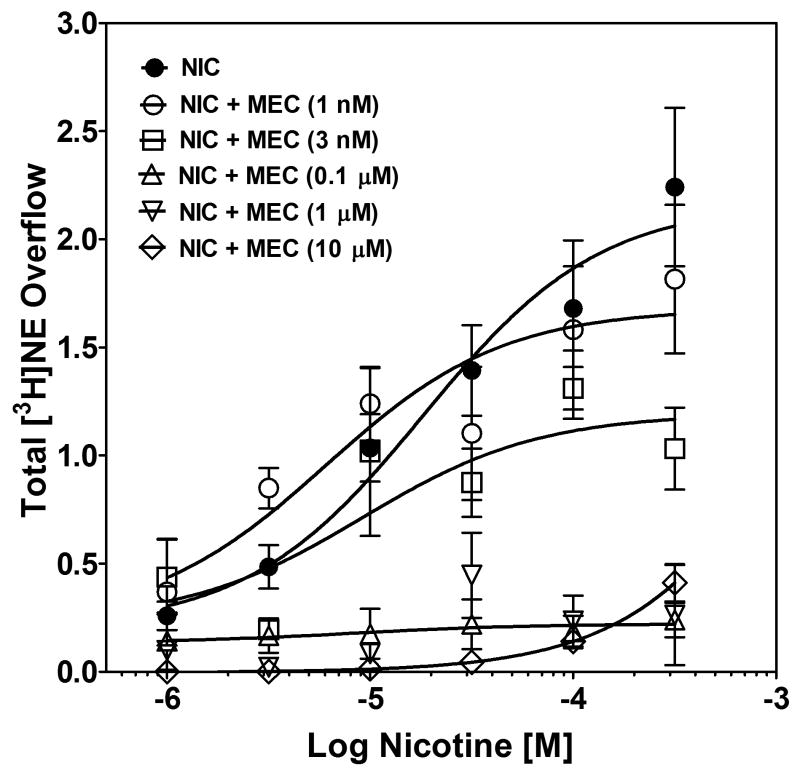Fig. 6. Schild analysis for mecamylamine inhibition of nicotine-evoked [3H]NE overflow from superfused rat hippocampal slices.
After collection of the third basal sample, slices were superfused with buffer in the absence and presence of mecamylamine (MEC; 1 nM-10 μM; between-groups factor) for 30 min before the addition of nicotine (1 – 300 μM; within subjects factor) to the buffer, and superfusion continued for an additional 30 min. Control is the concentration-response for nicotine in the absence of mecamylamine, and the nicotine concentration response was determined contemporaneously for each concentration of mecamylamine. Concentration-response curves were generated using nonlinear regression. Curves illustrated for the 0.1 and 1 μM mecamylamine are superimposed. Data are presented as mean ± S.E.M. total [3H]NE overflow during the 30-min exposure to nicotine in the absence or presence of mecamylamine; n = 4-5 rats/mecamylamine concentration; control, n = 16 rats.

